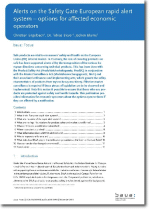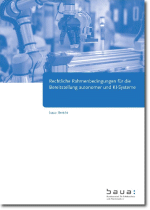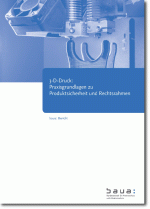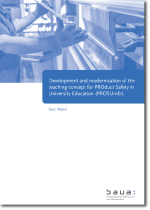BAuA’s role and responsibilities in the field of product safety
Safe work depends on safe work equipment, which is why the Federal Institute for Occupational Safety and Health (Bundesanstalt für Arbeitsschutz und Arbeitsmedizin, BAuA) promotes the design of safe products and publishes product alerts in its Dangerous Products in Germany (Gefährliche Produkte in Deutschland) database.
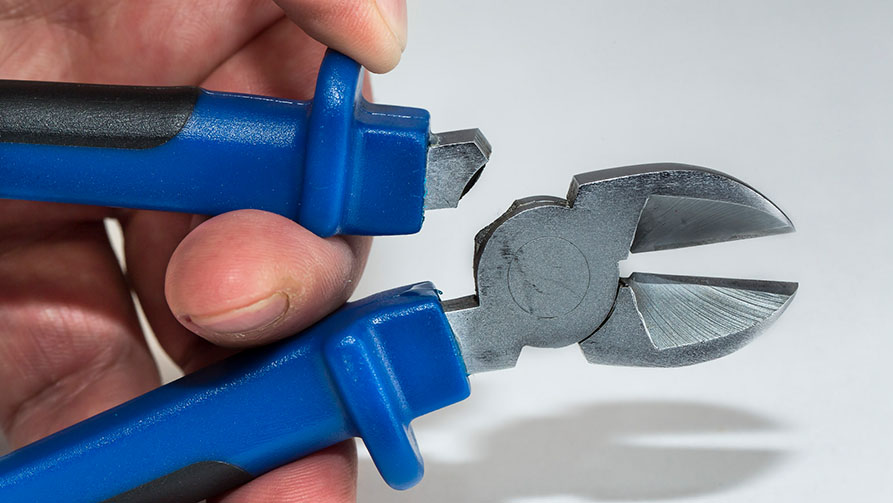
Both at work and in our everyday lives, we use a huge range of widely different consumer products and technical equipment.
Our safety and health rely on mature products that are well thought through, properly tested, and as inherently safe and user-friendly as possible.
The Product Safety Act
In Germany, this aim - work equipment and product safety - is supported above all by the transposition of the various European directives and regulations on technical products in the Product Safety Act (Produktsicherheitsgesetz, ProdSG) and the implementing provisionsunder it, which govern the safety requirements of products from toys to heavy machinery.
Dangerous product alerts
BAuA publishes product recalls, product alerts, compulsory measures, and other information about individual dangerous products in its Dangerous Products in Germany database. The relevant data come from the Safety Gate, the EU rapid alert system for dangerous non-food products, for which BAuA is Germany’s national Contact Point. This system allows information gathered by the Member States about dangerous or potentially dangerous consumer products to be exchanged at the European level.
Built-in safety
BAuA seeks to ensure safety is already taken into account during the design of work equipment. It identifies limit values, indicators, and measurement and assessment methods that are useful for this purpose and are also drawn on for the formulation of standards. Safety and health-related requirements are integrated directly into the digital tools used for modern product development, meaning these factors are actually given consideration during the design process.
Product safety in the digital world of work
The ways people interact with smart products and equipment are exceptionally complex - especially as far as their implications for product safety are concerned. It is therefore necessary to clarify manufacturers’ ethical, social, and legal responsibilities when they create adaptive, artificially intelligent systems. BAuA’s objectives are to ensure smart end devices meet product safety standards too and there is a secure legal environment for manufacturers and users alike. At the same time digital body dimension data (virtual anthropometry) can make safe product design more efficient and more precise. BAuA develops concepts and computer-based methods with which these data can be exploited to design products safely - especially by small and medium-sized enterprises.


